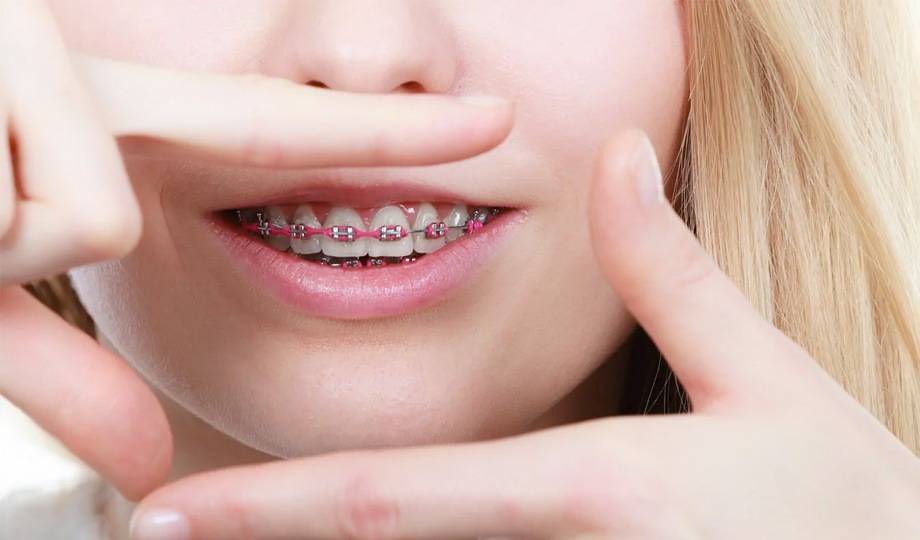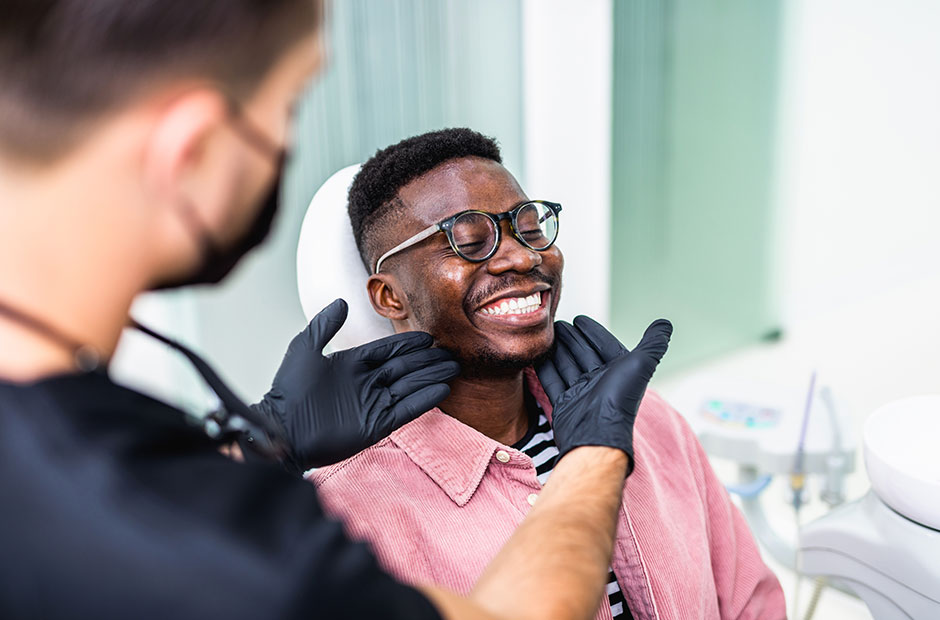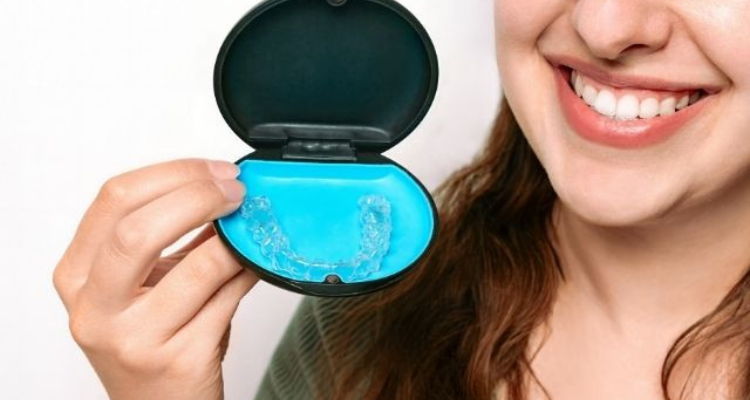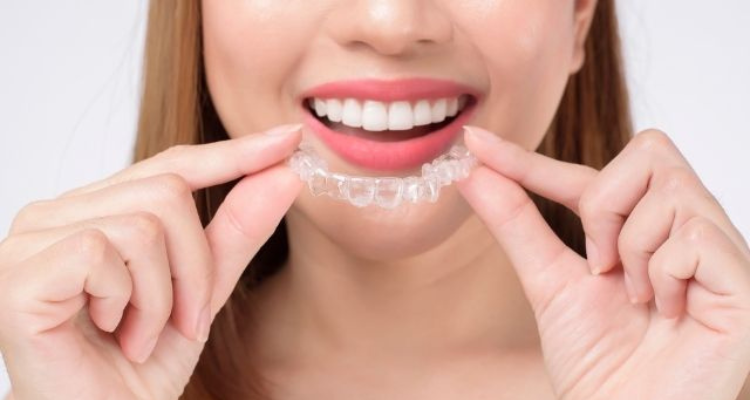For some patients, a less-than-ideal smile is simply the cause of genetics – nothing they did could have changed how their smile developed. But for others, bad habits contribute to uneven jaw growth or other issues with their smile and bite development. If your child still sucks his or her thumb, Westwalk Orthodontic Group is here to help.
The first step is to encourage your child to give up the habit that is damaging the smile. We recommend establishing a reward system to provide the child with positive reinforcement for avoiding the habit. Begin with the goal of avoiding the habit for one day, and gradually increase it to one week, two weeks, or one month. We see a high success rate when a reward system such as this is implemented.
If a reward system isn’t successful, we can make a habit-breaking appliance in one of our offices to help your child curb their habit.
What does extended thumbsucking do to a smile?
Prolonged thumbsucking can cause the upper front teeth to protrude and the upper jaw to narrow. Once the habit stops, the upper front teeth will often move back slightly, making the protrusion less pronounced.
We can craft a habit breaker appliance to prevent thumbsucking for children who do not respond positively to a reward system. The appliance is a small metal crib that is placed in the front part of the roof of the mouth. This prevents the patient from resting the thumb on the roof of the mouth.
We see a very high success rate using this appliance with our patients.
Can Improper Swallowing Impact a Smile?
In a patient with normal swallowing function, suction is created by placing the tongue on the roof of the mouth, directly behind the upper incisors. Some patients, however, create this suction by placing their tongue between their upper and lower teeth. This unfavorable swallowing is referred to as tongue thrusting, and it can lead to what is known as an anterior open bite, which leaves an opening between the upper and lower front teeth. This causes problems with biting and chewing as the upper and lower teeth do not touch at all.
Tongue thruster habit breakers can re-train the patient to use a proper swallowing technique. The appliance consists of a small metal crib placed behind the lower front teeth. This then repositions the tongue properly when swallowing. The appliance will ensure the tongue goes to the front part of the palate behind the upper incisors.





